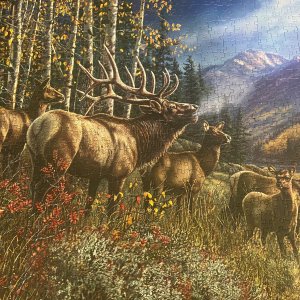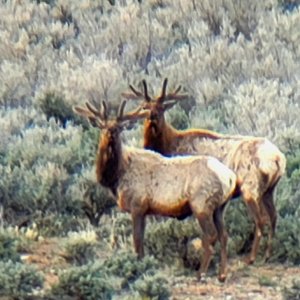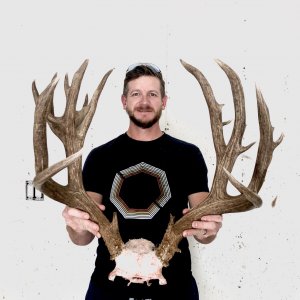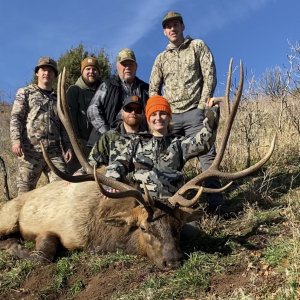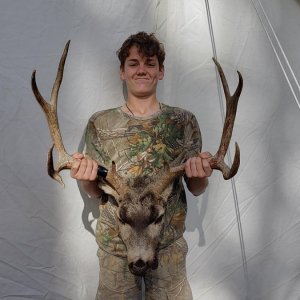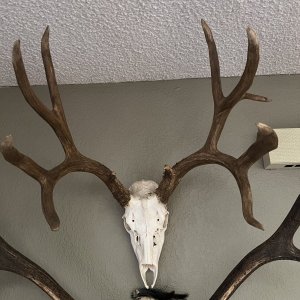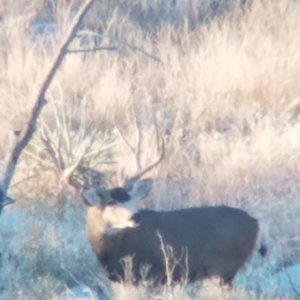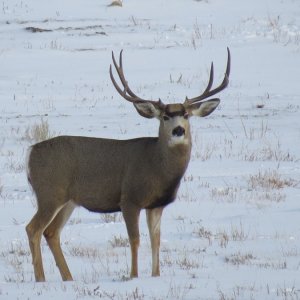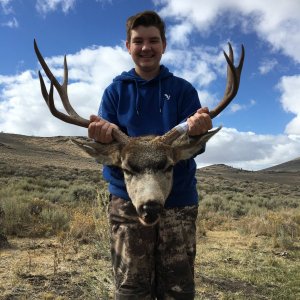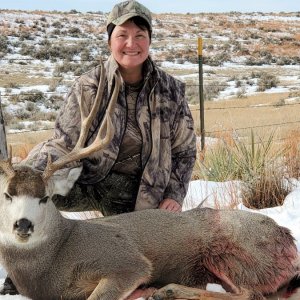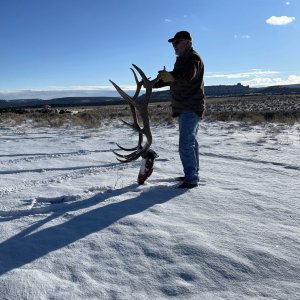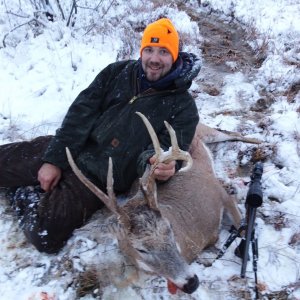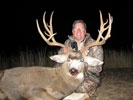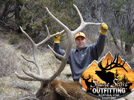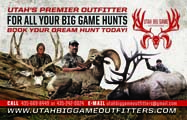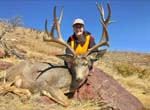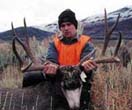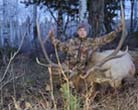I'm aware that this is a deer count data post but since cheatgrass has been brought up I thought I would add some cheatgrass information. I actually have deer count data using game cameras in cheatgrass infested vs immediately adjacent cheatgrass controlled sites. There is no comparison! Mule deer prefer not only the fresh, lush shrub growth but also spend time browsing the dramatic increase in native forbs and grass species (depending upon the conditions and the time of year). If you are a rancher or outfitter spraying cheatgrass is like food plots for whitetails! They love it! If you want to attract wildlife onto your property spray the cheatgrass and the deer and wildlife will come!
I have been monitoring impacts of cheatgrass on mule deer winter browse species (mountain mahogany, antelope bitterbrush, rabbitbrush, etc) and other native forb species for several years. We have compared cheatgrass vs immediately adjacent areas where cheatgrass has been controlled for multiple years. Originally I monitored longest leader growth, canopy cover of shrub species as well as cover, biomass of native forbs, grass, cheatgrass, etc.
This year we expanded the research to monitor annual leader growth/plant of cheatgrass invested vs immediately adjacently controlled shrub plants at several sites. I've noticed that not only is new growth approximately 1 1/2 x longer where cheatgrass is controlled but the leaves and stem growth is more robust. We soon discovered that shrub growth is a lot more involved and complicated than just monitoring longest leader lengths! This year we counted number of fresh shoots/plant. There were 2 to 3x shoots/plant where cheatgrass is controlled. Adding to this data we collected biomass data of fresh growth of leaves and stems.
Finally, we used the combination of all of these measurements (longest leader growth, # shoots/plant, and weight/leader) to determine total weight of fresh annual shrub growth/plant. These combined are what is available for mule deer to browse each year. There is no comparison when comparing overall production/shrub plants where dense cheatgrass has been controlled. It is truly amazing how much moisture cheatgrass robs from native species! As we all know, moisture is key for production and health of these species.
We plan to take winter browse data one step further by collecting fresh shrub leader growth stems and analyzing nutrition value. It's visually apparent that new shrub growth in dense cheatgrass stands is thin and woody with poor, woody growth. Nutrition data will add to the story. It is obvious that cheatgrass robs these shrubs of winter and early spring moisture and puts them in a stressed state. In dry years the impacts are even more apparent. Also, as mentioned in the mule deer foundation article and elsewhere cheatgrass impacts high intensity and more frequent wildfires that often burn so intense that they often kill many of these shrubs.
If anyone wants to view large-scale areas we have sprayed cheatgrass or wants additional information regarding cheatgrass and it's impacts on native species please contact me. I will be presenting some of this data at a conference later this spring. Hopefully some of this data will be published in journals soon!

